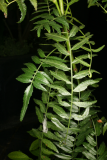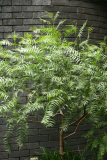Additional notes (click to expand)
Medicinal
In traditional herbal medicine:
A resinous gum obtained from the bark has been used in folk medicine to treat digestive disorders[229]. A purgative known as 'American Mastic' is obtained from the tree[245].
http://www.pfaf.org, https://pfaf.org/user/Plant.aspx?LatinName=schinus+molle
Other use
Food additive: flavouring/materials: wood
Toxicity
Toxic to mammals and insects probably due to saponin content.
Professor Anthony Dayan, 2022
'Humans/Pets: Fruits are ornamental, not to be eaten.' HTA guidelines
HTA Guide to Potentially Harmful Plants, 3rd Edition (2022)
Geographical distribution
- Southern America, Brazil
- Southern America, Southern South America, Argentina Northeast
- Southern America, Southern South America, Argentina Northwest
- Southern America, Southern South America, Chile Central
- Southern America, Southern South America, Chile North
- Southern America, Southern South America, Paraguay
- Southern America, Southern South America, Uruguay
- Southern America, Western South America, Bolivia
- Southern America, Western South America, Ecuador
- Southern America, Western South America, Peru
Schinus molle L.
Family: ANACARDIACEAEGenus: Schinus
Species: molle L.
Common names: Pepper Tree
Distribution summary: S.America
Habit: Shrub
Hardiness: H2 - Tender; cool or frost-free greenhouse
Habitat: Sunny, dry, rocky hills
Garden status: Currently grown
Garden location: Wolfson Terrace (T)
Flowering months: April, May, June
Reason for growing: Medicinal, other use, toxic

.JPG)
.JPG)
.JPG)
.JPG)
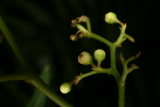
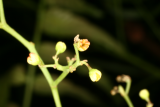
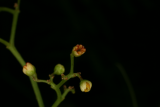
.JPG)

